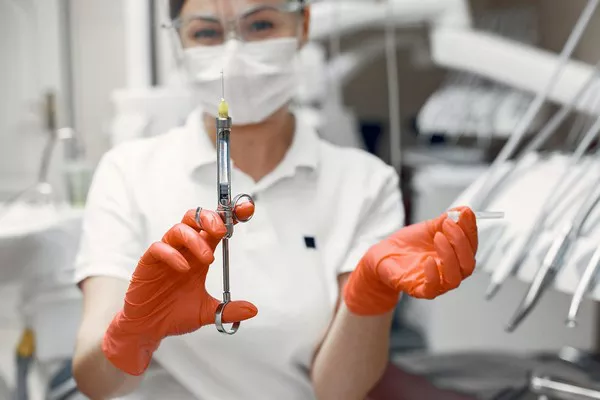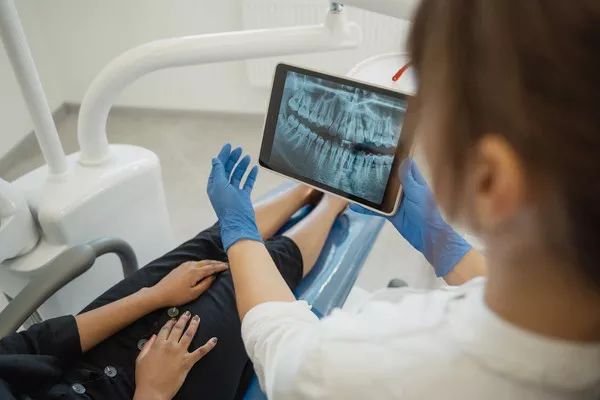A bright, white smile is often associated with confidence and good oral hygiene. However, many individuals struggle with yellow teeth, which can be caused by various factors including lifestyle choices, dietary habits, and inadequate dental care. If you’re looking to restore the natural whiteness of your teeth, there are several effective strategies you can employ. In this article, we will explore actionable steps and professional recommendations to help you achieve a radiant smile and regain your self-assurance.
I. Understand the Causes of Yellow Teeth
Before diving into the methods to get rid of yellow teeth, it’s crucial to understand what causes tooth discoloration in the first place. The most common causes include:
Staining Foods and Beverages: Regular consumption of coffee, tea, red wine, and certain acidic or pigmented foods can lead to tooth stains over time.
Tobacco Use: Smoking or chewing tobacco can cause severe tooth discoloration due to the presence of nicotine and tar.
Poor Oral Hygiene: Inadequate brushing, flossing, and regular dental check-ups can result in plaque buildup, tartar formation, and yellowing of teeth.
Aging: With age, the enamel on our teeth naturally wears down, revealing the underlying dentin, which has a yellowish hue.
Certain Medications: Some medications, such as antihistamines, antipsychotics, and high blood pressure drugs, can contribute to tooth discoloration.
II. Adopt Healthy Oral Hygiene Practices
Maintaining proper oral hygiene is essential for preventing and reducing tooth discoloration. Consider incorporating the following practices into your daily routine:
Brushing Technique:
Use a soft-bristle toothbrush and fluoride toothpaste to brush your teeth at least twice a day for two minutes each time. Pay attention to each tooth’s surface, including the back molars and along the gumline.
Flossing Regularly:
Flossing helps remove plaque and food particles from areas that a toothbrush might not reach effectively. Aim to floss once a day to maintain optimal oral hygiene.
Mouthwash and Tongue Cleaning:
Rinse with an antimicrobial mouthwash after brushing to kill bacteria and freshen breath. Additionally, gently clean your tongue using a tongue scraper or your toothbrush to remove bacteria and debris responsible for yellowing.
Limit Stain-Causing Foods and Beverages:
Reduce consumption of staining foods like berries, soy sauce, and curry, and limit beverages such as coffee, tea, and soda. If you do consume them, consider using a straw to minimize contact with your teeth.
III. Explore Whitening Options
When it comes to removing stains and achieving a whiter smile, several whitening methods can be effective:
Over-the-Counter Whitening Products:
Whitening toothpaste, strips, gels, and rinses can help eliminate surface stains. Look for products with the American Dental Association (ADA) seal of approval, but avoid excessive use to prevent enamel damage.
Professional Teeth Whitening:
Dentists offer in-office whitening procedures that involve stronger bleaching agents and specialized equipment. This option guarantees faster and more noticeable results, especially for stubborn stains.
At-Home Whitening Kits:
Dentist-prescribed at-home whitening kits consist of custom-fitted trays and a professional-grade bleaching gel. They allow you to whiten your teeth gradually in the comfort of your home under professional guidance.
Natural Remedies:
Some natural remedies can help reduce tooth discoloration, although the results may vary. Examples include brushing with baking soda, using hydrogen peroxide as a mouthwash (diluted with water), or rubbing the inside of a banana peel on your teeth.
IV. Professional Intervention and Maintenance
For severe tooth discoloration or underlying dental issues, it’s essential to seek professional advice:
Dental Cleaning:
Regular dental cleanings and check-ups are crucial for maintaining oral health. Dentists can remove plaque, tartar, and surface stains that cannot be eliminated by brushing alone.
Dental Treatments:
In certain cases, professional treatments such as dental bonding or porcelain veneers may be required to cover or replace discolored enamel permanently. These options should be discussed with a qualified dentist.
Lifestyle Changes:
To prevent further staining, consider making lifestyle changes such as quitting smoking or reducing consumption of stain-causing foods and drinks.
Maintaining Results:
After undergoing whitening procedures, it’s important to maintain the results. Good oral hygiene practices, regular flossing, avoiding tobacco, and scheduling routine dental visits will help keep your smile bright and healthy.
Related Topics:
































